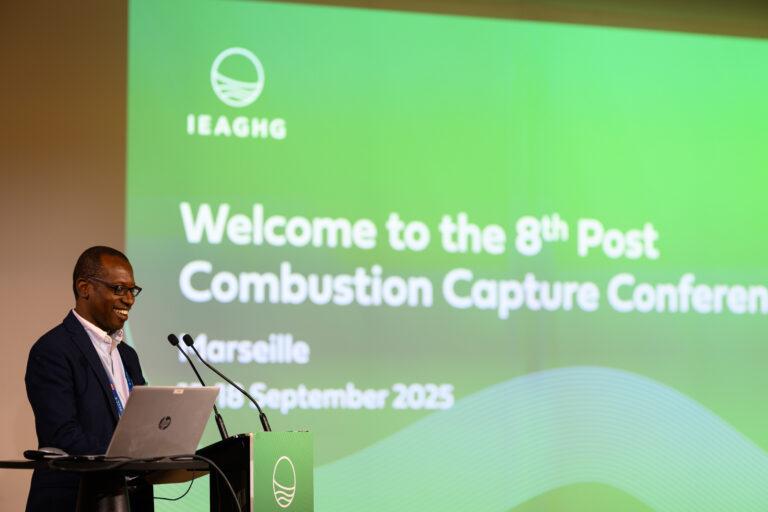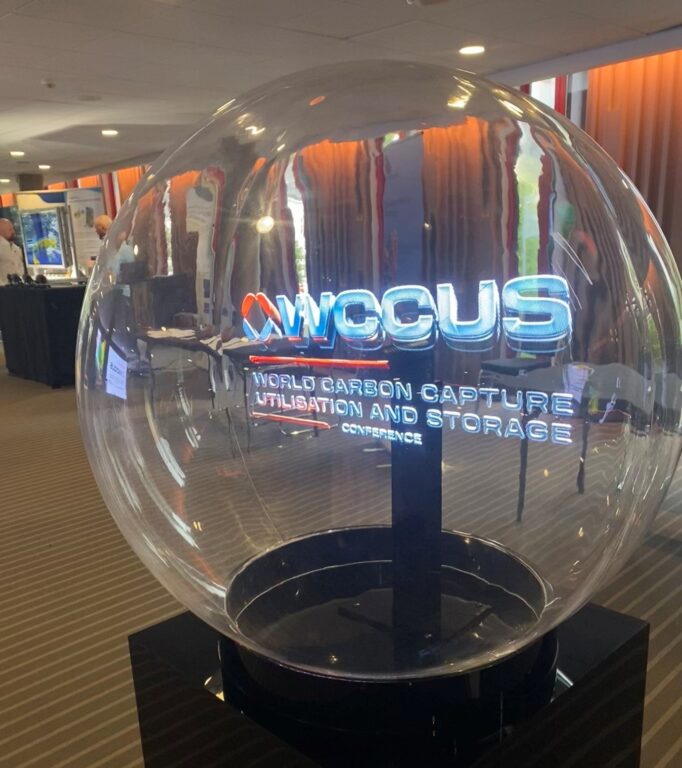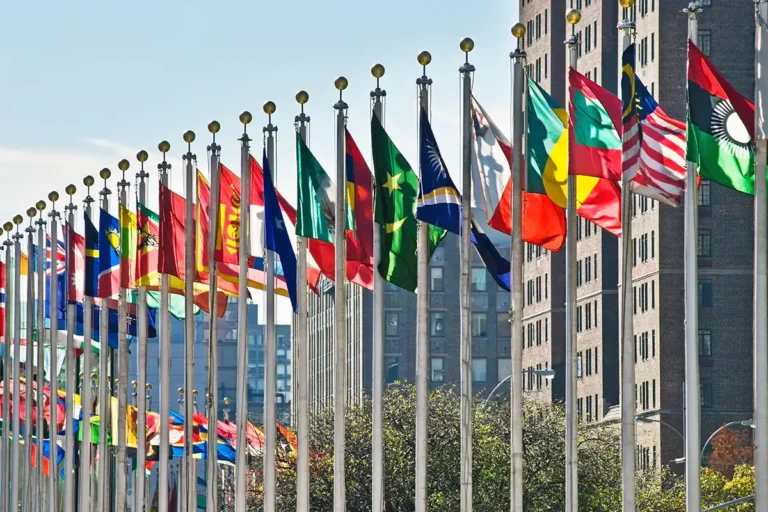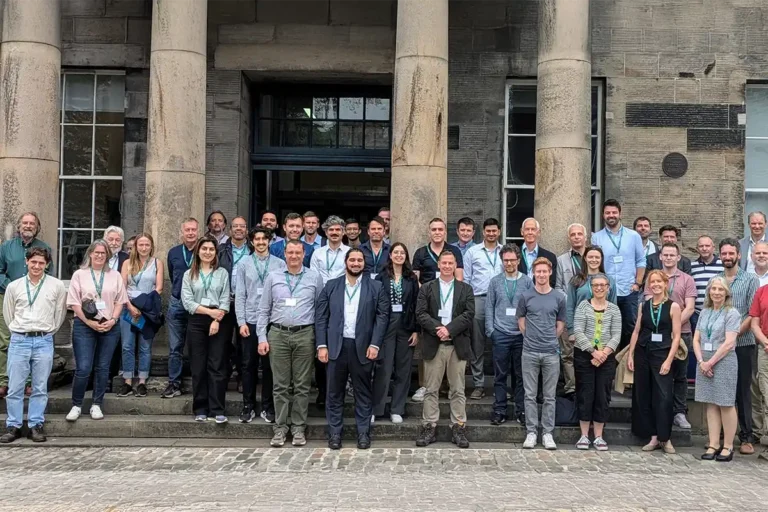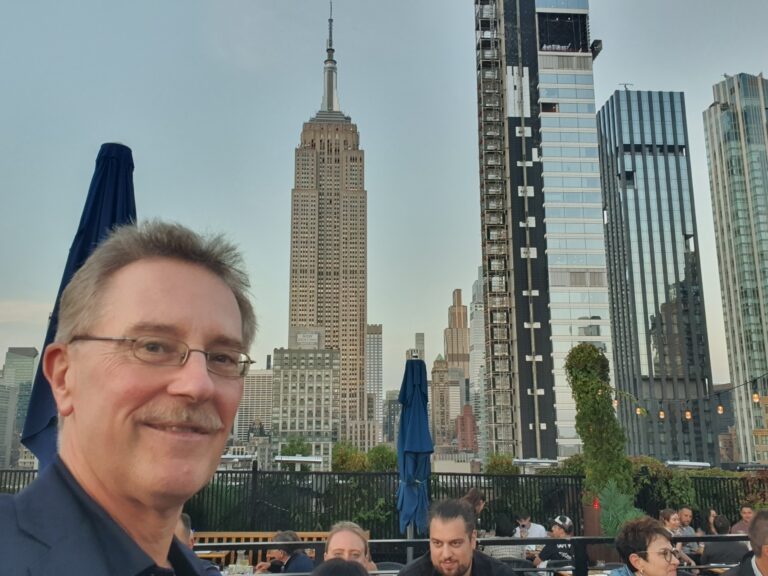
The First Danish CCUS Summit
13 June 2023

Denmark is a very interesting country regarding CCUS. It has gone from no significant policy on CCS to full steam ahead in just two years. I asked how this came about, and the answer was because of the new government Climate Law in 2019, leading to a Green Research Strategy in 2020, leading to Mission Roadmaps in 2021, one of the four roadmaps being on CCUS, and leading to the launch of a national research and development programme on CCUS called INNO-CCUS in 2022. At the same time, four CCS projects are being developed, the leading one being the Greensands project, which achieved its pilot injection in March 2023.
INNO-CCUS is the Danish government’s public-private research partnership. This has five workstreams: Chemical Capture, biological capture and storage, geological storage, utilisation, and society and systems, and is already funding many research projects under these themes.
This conference over the 7th and 8th of June was organised by INNO-CCUS and provided an opportunity for Danish stakeholders, particularly from industry as well as research, to hear the many developments and plans, and to have panel discussions on the best ways forward, attended by some two hundred attendees. I was honoured to be invited to provide the scene-setting keynote on CCUS in the global climate scene (there being many recent developments).
At the conference, we heard about the research developments in capture (including DAC), storage assessments at the national and field level in Denmark, transport developments and plans (including shipping), social assessments and engagement, and utilisation options.
The Greensands project is the leading CCS project. INEOS lead this project, and they have plans for expansion beyond Greensand’s current Phase 2 which is injecting 1.5Mt by 2025, to injecting 8Mt by 2030 into surrounding fields. Denmark achieved several global milestones with this project. They had the first bilateral “arrangement” under the London Protocol for the export of CO₂ (from Belgium to Denmark), and the first actual export/import of CO₂ for offshore storage in March. 4200t were imported from a pure CO₂ source INEOS facility in Belgium, transported in seven journeys by ship and injected at Greensand into the Nini West field. The bilateral arrangement was helpful in international precedence-setting for the level and nature of detail needed by the London Protocol (being relatively modest in detail although noting that it was between two London Protocol Parties). It was also good to hear that the outputs of the STEMM-CCS offshore monitoring project are being used by Greensand.
INEOS is also looking to develop a hub port, the concept of which is called Greenport Scandinavia (GPS).
We also heard from Orsted on their development of another hub at Kalundborg port, to take 400kt of CO₂ from two biomass power stations, and transfer by truck to ship to expert to Norway’s Northern Lights project. It is using this Norwegian project for storage because they need to be using storage by 2025 and the Danish storage projects will not be ready at that scale in time.
We also heard of the learnings a Danish delegation gained by a study tour to British Columbia and Alberta in Canada, showing the benefits of in-person knowledge transfer missions.
The business opportunities were discussed. Coming from a country that has made a success from the export of wind turbines, they realise that having some 22Gt theoretical storage they can make a business out of taking CO₂ from neighbouring countries such as Germany, competing with Norway and the Netherlands.
We are pleased to have a place on the INNO-CCUS International Advisory Board and we look forward to Denmark joining IEAGHG.
As a Norwegian colleague put it, “While Norway has Longship, Denmark has a speedboat”.
Other articles you might be interested in
Get the latest CCS news and insights
Get essential news and updates from the CCS sector and the IEAGHG by email.
Can’t find what you are looking for?
Whatever you would like to know, our dedicated team of experts is here to help you. Just drop us an email and we will get back to you as soon as we can.
Contact Us NowOther articles you might be interested in
Get the latest CCS news and insights
Get essential news and updates from the CCS sector and the IEAGHG by email.
Can't find what you are looking for?
Whatever you would like to know, our dedicated team of experts is here to help you. Just drop us an email and we will get back to you as soon as we can.
Contact Us Now

